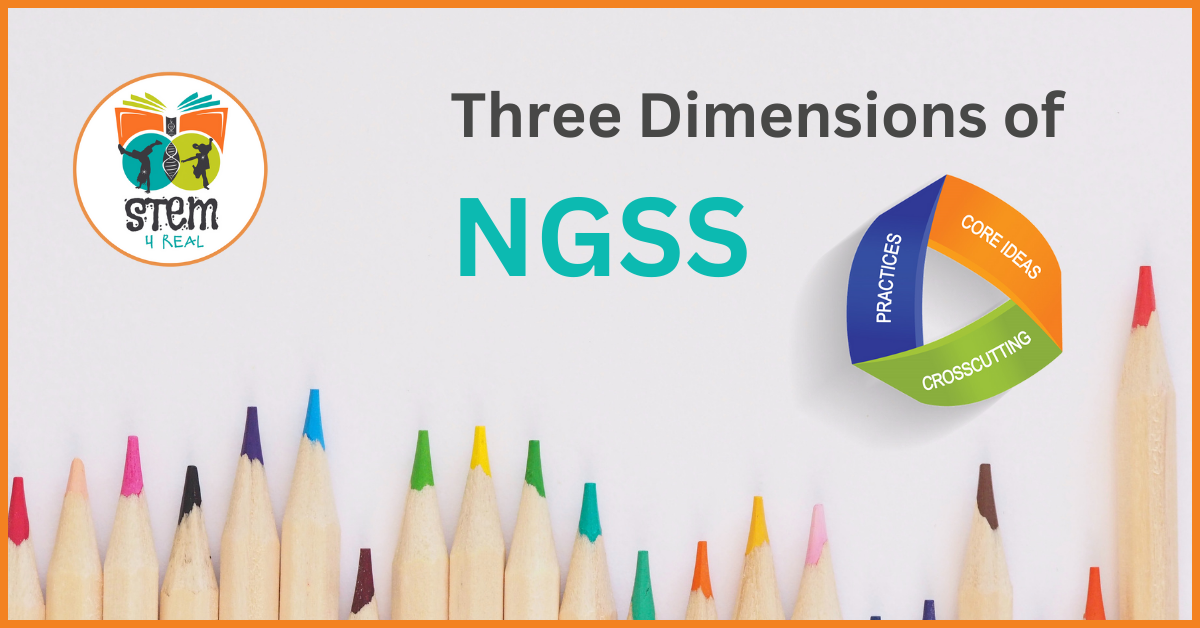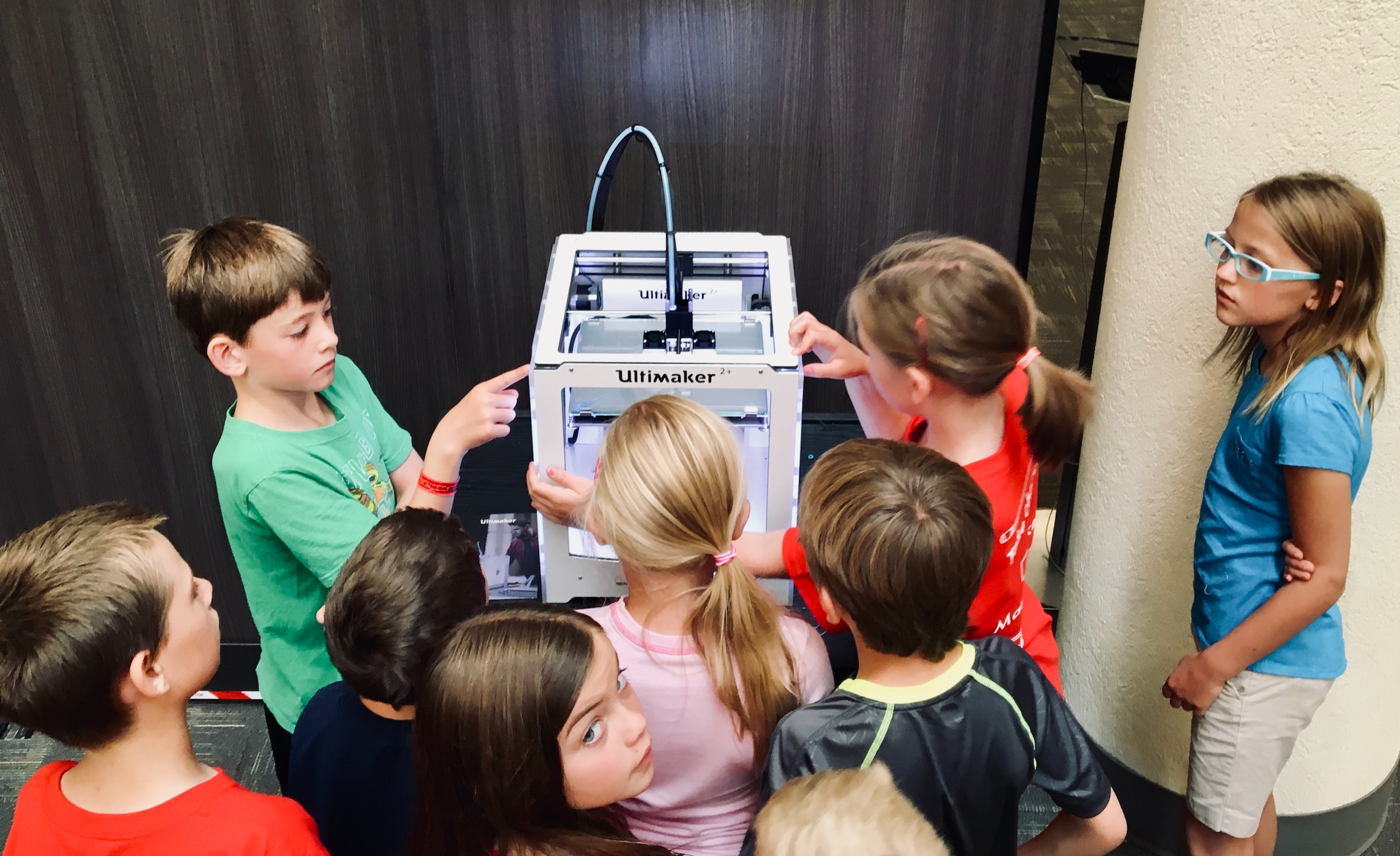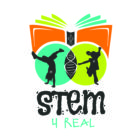3 Dimensions of NGSS


About NGSS
The Next Generation Science Standards (NGSS) are K–12 science content standards. Standards set the expectations for what students should know and be able to do. Click here for an overview of NGSS.
NGSS involves 3D learning, which refers to the integration of 3 distinct dimensions.
What are the 3 dimensions of NGSS?
The 3 dimensions of NGSS include:
- Science and Engineering Practices (SEP),
- Disciplinary Core Ideas (DCI), and
- Crosscutting Concepts (CCC)
Science and Engineering Practices (SEP)

- Asking questions (for science) and defining problems (for engineering)
- Developing and using models
- Planning and carrying out investigations
- Analyzing and interpreting data
- Using Mathematics and Computational thinking
- Constructing explanations (for science) and designing solutions (for engineering)
- Engaging in argument from evidence
- Obtaining, evaluating, and communicating information
Disciplinary Core Ideas (DCI)

PHYSICAL SCIENCES
PS1: Matter and Its Interactions
PS2: Motion and Stability: Forces and Interactions
PS3: Energy
PS4: Waves and Their Applications in Technologies for Information Transfer
LIFE SCIENCES
LS1: From Molecules to Organisms: Structures and Processes
LS2: Ecosystems: Interactions, Energy, and Dynamics
LS3: Heredity: Inheritance and Variation of Traits
LS4: Biological Evolution: Unity and Diversity
EARTH AND SPACE SCIENCES
ESS1: Earth’s Place in the Universe
ESS2: Earth’s Systems
ESS3: Earth and Human Activity
ENGINEERING, TECHNOLOGY, AND APPLICATIONS OF SCIENCE
ETS1: Engineering Design
ETS2: Links among Engineering, Technology, Science, and Society
Crosscutting Concepts (CCC)

- Patterns
- Cause and Effect: Mechanisms and Explanation
- Scale, Proportion, and Quantity
- Systems and System Models
- Energy and Matter: Flows, Cycles, and Conservation
- Structure and Function
- Stability and Change
How does the 3 dimensions of NGSS connect to the STEM4Real DO-KNOW-THINK framework?
Science and Engineering Practices (SEP)
DO: What practices are the students engaging in? What are the students DOING?
Disciplinary Core Ideas (DCI)
KNOW: What content standards are you addressing in the lessons?
Crosscutting Concepts (CCC)
THINK: How are the students thinking and processing the information?
California's Environmental Principles & Concepts (EP&C)
Principle I — The continuation and health of individual human lives and of human communities and societies depend on the health of the natural systems that provide essential goods and ecosystem services.
Principle II — The long-term functioning and health of terrestrial, freshwater, coastal and marine ecosystems are influenced by their relationships with human society.
Principle III — Natural systems proceed through cycles that humans depend upon, benefit from, and can alter.
Principle IV — The exchange of matter between natural systems and human societies affects the long-term functioning of both.
Principle V — Decisions affecting resources and natural systems are based on a wide range of considerations and decision-making processes.
